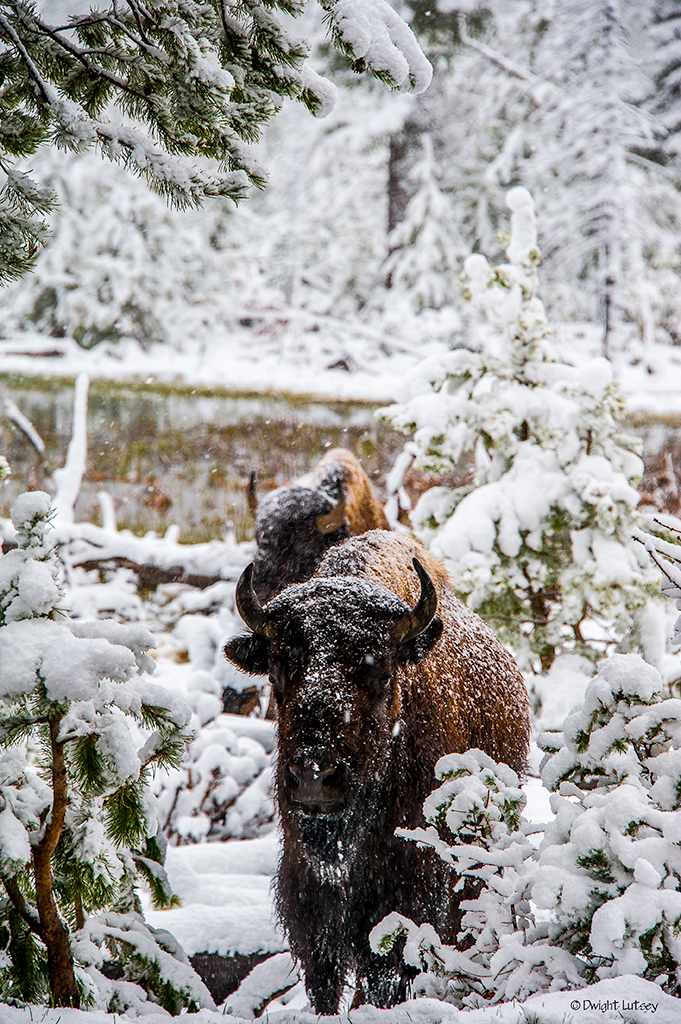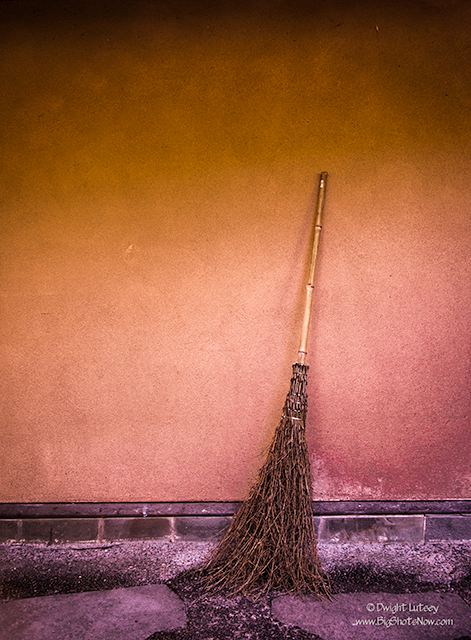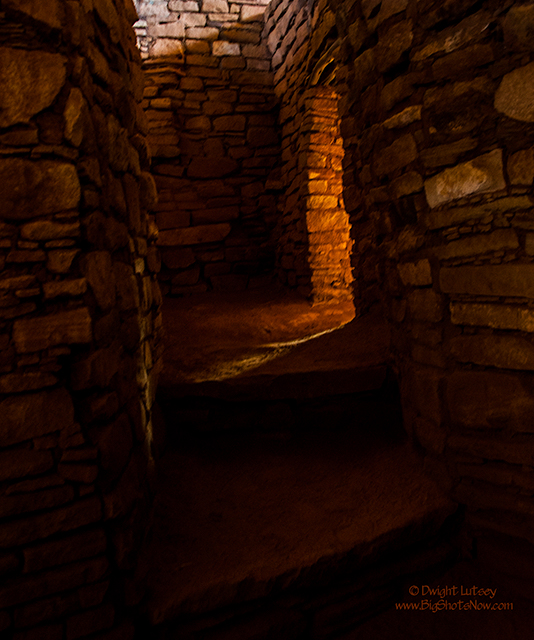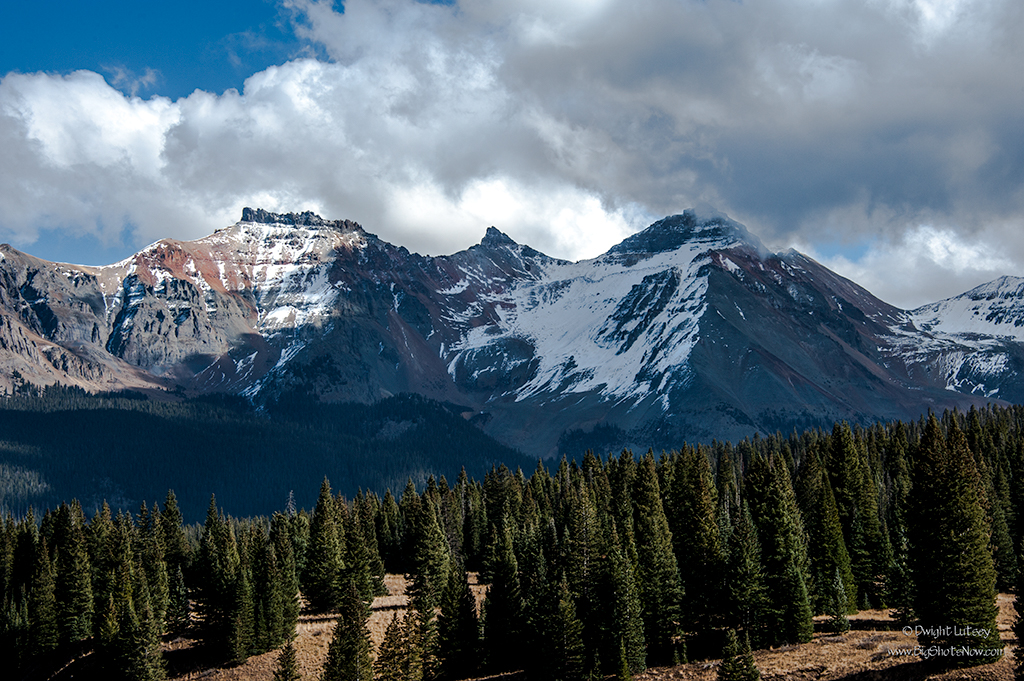It’s Friday again, I know, how could that happen, it was just Monday a minute ago but it is. And as you know this is the day we give you ideas on what to do over the weekend. This weekend we thought we might offer something a little different. Last weekends suggestion of jetting off to Cape Disappoint on the Washington coast in your private jet was a big hit with some of you. Actually very few of you but the ones who went said it was great.
This weekend we decided to scale it down a bit and offer something for the ladies out there. That’s a big fat Spa day! Guys can go along too, but I’d recommend skipping the pedicure session Saturday morning. Ladies and some who aren’t really, like spa days and find it a big treat to go to them and have stuff done to them that they can’t get done in the privacy of their own homes.
So what can you do at a spa and more importantly what can be done to you in a spa, you might ask. Well lucky for you, you’ve come to the right place for answers. Listed below, in no particular order, are spa treatments you can order at your local spa, or if they’re unavailable there, where you can go this weekend to get them.
First is a Snake massage.
Hop over to Israel where you can get a massage from several non-venomous snakes as they slither up and presumably down your spine. Cost $70 US.
Or try your choice of the Tea, Coffee,red wine, sake, or Ramen noodle bath in Japan.
This is one is a little closer to home and I’ll bet to ladies hearts. That’s the chocolate wrap you can get at the spa in Hershey, Pa. They will wrap you or more concisely smear chocolate all over you and they mean all over and then leave you alone for a while. As a guy I have to wonder why they would leave you alone for a while but women do some strange stuff so we’ll just leave it at that.
Gold. In Japan, they give you a gold facial. That’s gold painted on your face for as long as you want it there. The cost, a measly 250 bucks, and I gotta say that if you can afford the plane ticket to Japan and back that’s pretty darn reasonable.
How about a cactus massage? In Mexico you can get rubbed, whacked, stroked or whatever with a spineless cactus paddle and pay for it. The cost $245. It doesn’t say whether that is in peso’s or dollars
And for those of you with more agrarian roots there is a Wet Hay Wrap in Italy where you get wrapped in wet hay harvested from the meadows of Alpe di Siusi between mid-July and early August then lie on a special 100° waterbed until they harvest you I guess. As a special bonus for those of you who make it you receive a foot treatment where a fish named the Garra Rufa eat away whatever may be lurking on your feet.
I saved the most special treatment for last. That’s the Fanny Facial. I know it seems like a contradiction in terms but that’s how it’s listed. In New York City, like where else except maybe most of California, can you get a fanny facial? I mean it’s strange even asking the question. What happens is you go in and ask for this deliberately, obviously they don’t just give you one without asking, then they perform a exfoliation of the fanny areas with a papaya-mint scrub, followed by a micro-current therapy where they apparently zap your hiney with low-voltage current to remove in their words, “any lumps or bumps from your butt”, then the whole business is finished with an organic spray tan so your fanny glows like the noon day sun. This has got to be special people. The cost was not revealed but I got to say it has to be worth it.
So those are just some of the treatments available to the Spa goer. Yes they may seem a little irregular to those who don’t frequent spas regularly or that only go to low rent ones where these special treatments aren’t available but our job is to bring you the newest and trendiest things out there, and these were certainly out there.
The ladies pictured above have just completed Yellowstone’s interpretation of a spa which is, as you can see, a snow spa, where you can spend a leisurely hour or two in the sub-zero waters of the Yellowstone river, then be rubbed down by brawny park rangers with snow before finishing the day next to a warm geyser. Upon asking we found that the Fanny Facial is not offered in Yellowstone.
There you have it. That’s the special weekend activities for you ladies. I’m sure you can’t wait to “hit the spa” as they say somewhere I’m sure. For you guys I might remind you that there’s a game on almost every minute of the weekend and beer in the fridge. Just give her the credit card and don’t ask.






You must be logged in to post a comment.